From childhood, we heard that physical pain was the only reason to see a doctor. We believe that we are always anxious due to a busy lifestyle, sleepy due to a busy schedule, and exhausted due to our age.
But today’s doctors fear that these could also be signs of mental disorders and illnesses that affect the functioning of the brain and are literally killing the body day after day.
We encourages everyone to take care of their mental health and wants to show why we shouldn’t be afraid of going to the doctor in the 21st century.
Why Are More And More People Turning To Psychologists For Help?
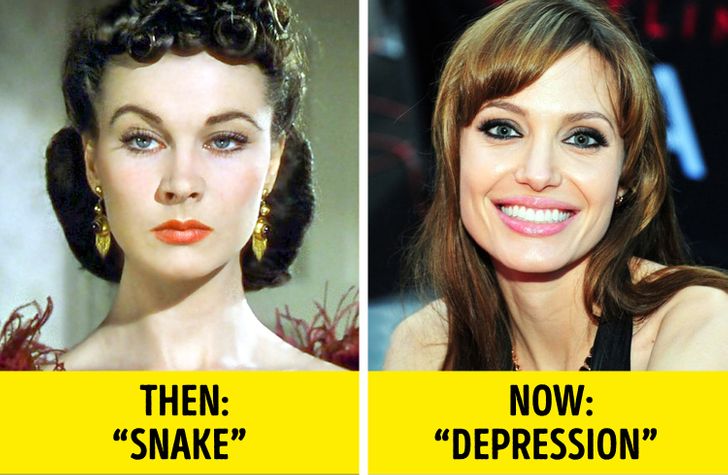
Thanks to the achievements of modern science, the inner workings of the human mind are not a mystery. There are tools that study brain activity and the methods of treatment and diagnosis have also changed.
Characteristics that were attributed to a bad mood are now considered part of a mental disorder or a sign of illness.
People don’t go crazy more often than before, they just talk about what they feel and what concerns them most.
The internet has given us access to all the necessary information, so we read other people’s stories and find warning signs within ourselves.
As a general rule, the use of a specialist helps to solve a problem and allows a person to resume a normal life.
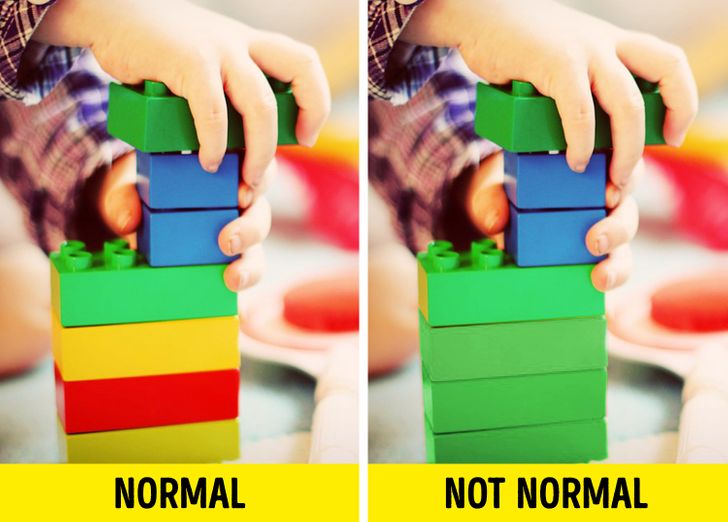
We’ve started saying “goodbye” to myths. For example, the number of people with autism has increased since the 1980s. In the past, it was believed to be related to vaccines.
But in fact, the diagnostic methods have changed and the definition of the disease has been broadened.
Today there are more concepts. For example, autism spectrum disorder includes childhood and atypical autism, Asperger syndrome, and Rett syndrome.
Autism spectrum disorder can be diagnosed in a person who seems shy and considered to be an introvert, but that does not prevent the person from being a part of modern society.
In addition, long-term observations help detect these disorders in childhood. For example, if a baby is building a tower of blocks following a certain color pattern, it may be a good reason to see a doctor.
What Kinds Of Diseases And Disorders Have Appeared In The 21st Century?
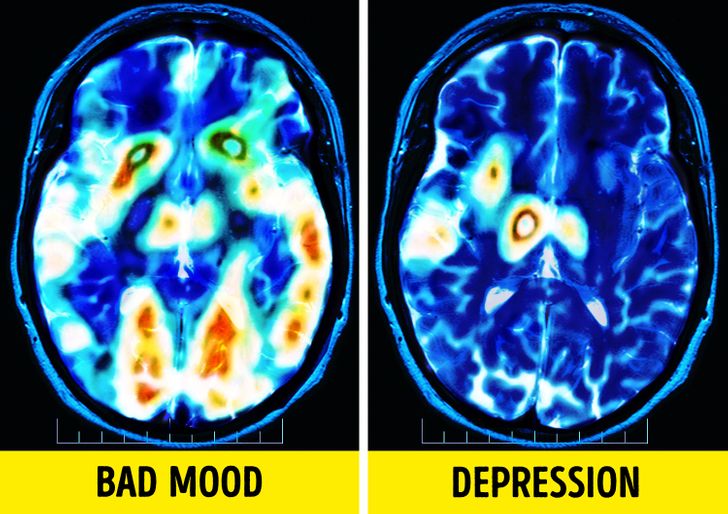
There are a number of illnesses that doctors have recently learned to diagnose that were considered a kind of emotional state in the past.
The use of magnetic resonance imaging (MRI) in the 1970s helped scientists look inside the human brain and show that depression is a disease that causes the signals sent between neurons to fail.
Also, some emotions, such as anger, are considered as dangerous as depression or addiction and require treatment if the person cannot control themselves in that state.

34% of people with mental disorders have no obvious symptoms. Most think it’s all due to age, fatigue, bad mood, or stress. These people don’t even realize that they need help.
For example, if a person often feels anxious or dizzy, has headaches, tachycardia, solar plexus pain, and sweats a lot, it may be more than just astonishment or excitement; it can be a generalized anxiety disorder that is almost impossible to treat with medication. In 2011, more than 29 million Europeans were treated for this disorder.
But there are some riots that have arisen in reaction to the events of the new century. For example, cyberchondria, which occurs when people diagnose themselves based on the symptoms described on the Internet.

In the 21st century, experts began to register more phobias that are not diseases, but they may be the first signs of one. Peladophobia, the fear of baldness caused by the desire to stay young, is one of them.
Caligynephobia, the fear of beautiful women, is also becoming increasingly common today. As a rule, it is usually the result of a painful breakup with an aggressive and selfish woman who tried to be perfect due to her own internal problems.
There are also phobias that have arisen due to scientific and technological advances, such as fear of radiation, fear of phone calls, or fear of robotic technology.

Many people believe that they need to fight their fears. But it turns out that sometimes even medications are useless: if you are afraid to travel by plane, a sedative pill would not help, it would only delay your reaction.
But working with a psychologist about your fears and trying a flight simulator can go a long way.
Phobias cause panic attacks that can lead to mental disorders. So don’t assume your fear will go away if you don’t get over it.

Lifestyle changes can also lead to new bad habits. Phubbing is one of them. It is the uncontrollable desire of a person to spend time on their phone, constantly checking the news, looking at the screen even while talking to someone in person or eating with a phone in hand.

When studying how this habit affects family life, scientists found that 46.3% of respondents regularly deal with phubbing from their partners.
22.6% say that it is the cause of the conflict and more than 1/3 of all respondents say that it leads them to a depressive state.
Smartphones have led to Phantom Vibration Syndrome, which occurs when a person listens to and sometimes feels their device vibrate or ring.
Some experts think that it is something like an optical illusion, like when we see a face or a silhouette in the clouds.

As for insomnia, it is considered a dangerous disease that must be treated. Lack of sleep results in cell damage, memory suffers, immune system malfunctions, metabolism worsens, and puts the person at risk for heart attack or stroke.
Today, insomnia is considered the main symptom that triggers Alzheimer’s disease.
What Can We Do?

Listen to yourself, not to others:
If you feel anxious, haven’t slept without sleeping pills for some time, and feel like you don’t feel like doing anything, see a psychologist.
In most cases, the problem can be resolved quickly, so you will see the effect after the first therapy session.
Do not fear psychiatrists – there are many doctors who treat their patients’ health with respect and can really help, especially if your patients want to be treated. It is more difficult to deal with those who do not think they are sick.
Do what you really like:
This is one of the basic principles that help to get rid of low self-esteem and neurotic state. For example, in a short time, you can achieve great results at work, even if you haven’t done what you love from the beginning.
Follow a comfortable schedule:
The body works best if most of your sleep lasts between 10 pm and 3 am. It is the moment when the hormone that frees us from stress is mainly produced.
It is recommended to do work that involves brain activity in the first half of the day and leave the second half of the day for physical activities. So you let your brain and body get plenty of rest.
Surround yourself with things that calm you down and bring you joy:
Take a walk more often. After a long day at work, listening to sounds that help you relax can stabilize your breathing and heart rate, according to scientists.
Avoid unpleasant people, even if they are family members, and spend more time with those who share pleasant emotions with you. Don’t forget to play sports.
Staying calm and finding a way for yourself is a difficult task. What methods help you recharge your internal batteries and find an internal balance?
Preview photo credit NoJin / Wikimedia, Manfred Werner – Tsui / Wikimedia




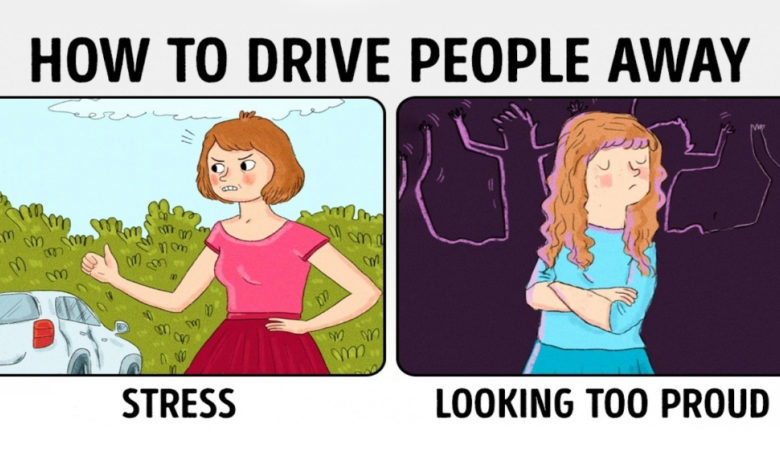



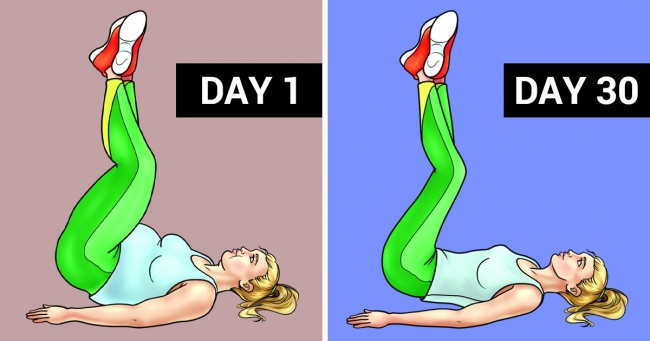
Leave a Reply